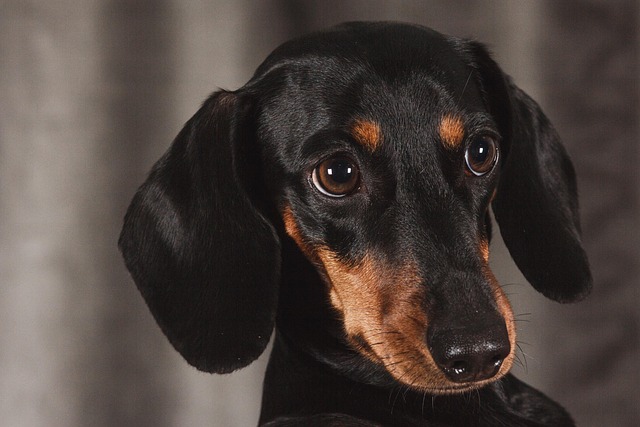
What are 5 common foods to feed dogs if they have an upset stomach
If you’ve ever watched your dog turn away from their food, then spend the next hour pacing and whimpering, you know the panic of an upset stomach.
The soft and fluffy coat of a dog is not only a distinctive feature of them but also a source of warmth and intimacy that we can feel when we stroke it. When we notice that our dog's hair is gradually becoming thinner, it's inevitable that we will feel anxious and worried. As the closest guardians of our dogs, we are eager to figure out the reasons behind it so that we can better help them regain their former glossy coat.
Diet is a crucial factor affecting a dog's coat health. Dogs need a balanced diet to maintain the normal operation of all their body functions, and the growth of their hair is no exception. High-quality protein is the basic substance that makes up the hair. Without an adequate supply of protein, a dog's hair will become fragile and prone to breakage, gradually becoming thinner. Just as building a house requires solid bricks, the construction of hair cannot do without sufficient protein. If a dog is fed poor-quality dog food for a long time or has a monotonous diet, it is very likely to result in insufficient protein intake. Foods rich in Omega-3 and Omega-6 fatty acids, such as deep-sea fish oil and flaxseeds, also play a key role in a dog's coat health. These fatty acids can nourish the skin and enhance the luster and toughness of the hair. If a dog lacks these fatty acids in its diet, the skin may become dry, and the hair will lose its former smoothness, becoming rough and easy to fall out, thus appearing even thinner.
Skin diseases are one of the common causes of a dog's thinning hair. Mite infections are rather troublesome. Mites such as Sarcoptes scabiei and Demodex can parasitize on the dog's skin surface, causing severe itching. The dog will keep scratching and biting its skin, which not only damages the skin but also leads to hair loss. It really breaks our hearts to see our dog suffering from the itch. Fungal infections should not be underestimated either. Fungi like Microsporum canis and Malassezia can cause circular or oval-shaped hair loss patches on the dog's skin. The skin at the hair loss site may become red and scabbed. Bacterial infections can also lead to skin inflammation, which in turn affects hair growth. These skin diseases are like "enemies" hidden in the dog's body, constantly eroding the health of its hair.
 Hormonal imbalance can also be the "prime culprit" for a dog's thinning hair. Hypothyroidism is a common endocrine problem. Insufficient secretion of thyroxine will affect the dog's body metabolism, and the hair growth cycle will also be disrupted. The originally normally growing hair enters the resting phase prematurely and then falls out, and new hair cannot grow in time, resulting in gradually thinning hair. Cushing's disease (hyperadrenocorticism) can also have a similar effect. Excessive cortisol will damage the normal structure of the skin and hair follicles, making the hair fragile and prone to falling out. A dog's endocrine system is like a precision instrument. Once a certain link malfunctions, it may be reflected in the hair.
Hormonal imbalance can also be the "prime culprit" for a dog's thinning hair. Hypothyroidism is a common endocrine problem. Insufficient secretion of thyroxine will affect the dog's body metabolism, and the hair growth cycle will also be disrupted. The originally normally growing hair enters the resting phase prematurely and then falls out, and new hair cannot grow in time, resulting in gradually thinning hair. Cushing's disease (hyperadrenocorticism) can also have a similar effect. Excessive cortisol will damage the normal structure of the skin and hair follicles, making the hair fragile and prone to falling out. A dog's endocrine system is like a precision instrument. Once a certain link malfunctions, it may be reflected in the hair.
Seasonal changes and the molting period can also make a dog's hair look thinner. In spring and autumn, dogs will shed their hair to adapt to the change in temperature. The old hair will gradually fall out, and new hair will start to grow. During this period, the amount of hair a dog sheds will increase significantly, and it will look thinner than usual. However, this is a normal physiological phenomenon. As long as proper care is provided, the dog's hair will return to normal after the molting period. Owners can brush their dogs' hair more often during this period to help remove the shed hair and promote the growth of new hair.
Environmental factors should not be ignored either. If a dog lives in a damp and dark environment for a long time, it is prone to the growth of bacteria and fungi, which can lead to skin problems and thus affect hair health. At the same time, allergens in the environment, such as pollen and dust mites, may also cause allergies in dogs, resulting in symptoms like skin itching and hair loss. Some cleaning products used in daily life, if not suitable for a dog's skin, may also irritate the skin, causing the hair to be damaged and fall out. Dogs are like our family members, and we need to create a comfortable and healthy living environment for them with care, which is of great importance to their coat health.
Genetic factors also determine a dog's coat condition to a certain extent. Some dog breeds are inherently prone to hair thinning problems, such as certain Poodles and Bichon Frises. If a dog's parents or ancestors have the problem of thinning hair, then it is more likely to inherit this trait. Although genetic factors cannot be changed, we can try our best to reduce the degree of hair thinning through reasonable care and dietary adjustments.
When we find that our dog's hair is becoming thinner, there is no need to panic. Take the dog to the pet hospital in a timely manner for a comprehensive examination, including skin scraping examinations and blood tests, etc, to determine the specific cause. The veterinarian will formulate an appropriate treatment plan based on the examination results. In daily life, we should provide our dogs with a balanced diet, deworm them regularly, keep the living environment clean and dry, take them to bask in the sun regularly, and let them exercise appropriately. All these measures are conducive to the healthy growth of a dog's hair. Let's use our full love and meticulous care to help our dogs regain their beautiful coat and let them accompany us healthily and happily.

If you’ve ever watched your dog turn away from their food, then spend the next hour pacing and whimpering, you know the panic of an upset stomach.
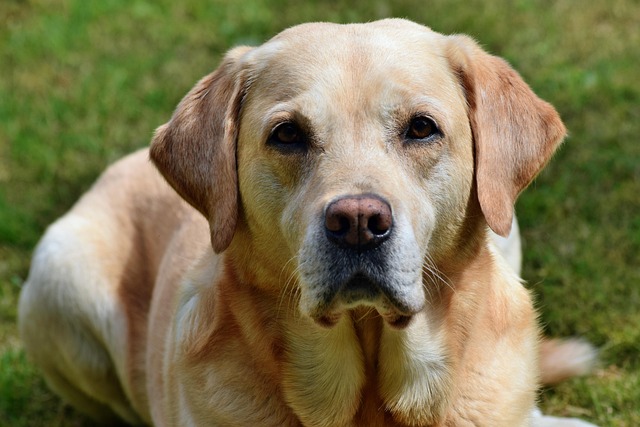
If you’ve ever cleaned up diarrhea or watched your dog vomit after meals, only to feel helpless as they refuse their next bowl of food, you know the stress of a sensitive stomach.
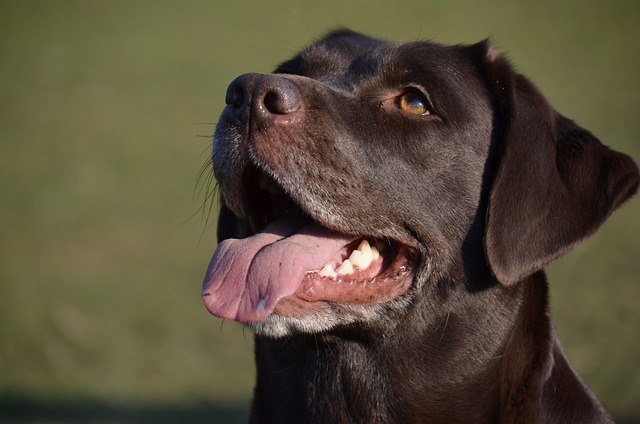
If you’ve ever stared at the ingredient list on your dog’s kibble, wondering what “meat by-products” really are, you’re not alone. New dog owners
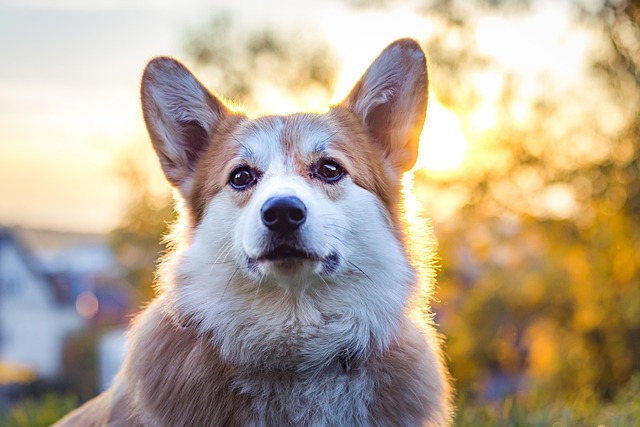
If you’ve ever noticed your dog suddenly shaking their head like a wet towel, or pawing at their ear until it’s red and sore, you might’ve wondered if they’re just being “naughty.”
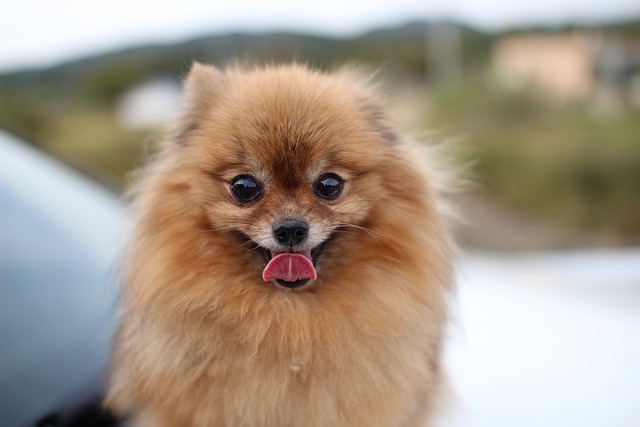
Finding worms in your dog’s stool or noticing them scooting uncomfortably across the floor is enough to make any pet owner’s heart sink.
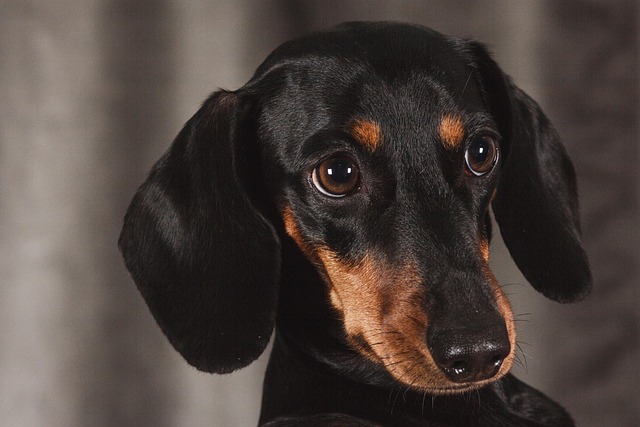
If you’ve ever dreamed of having a dog but hesitated because your eyes water and nose runs around furry pets, you’re not alone.